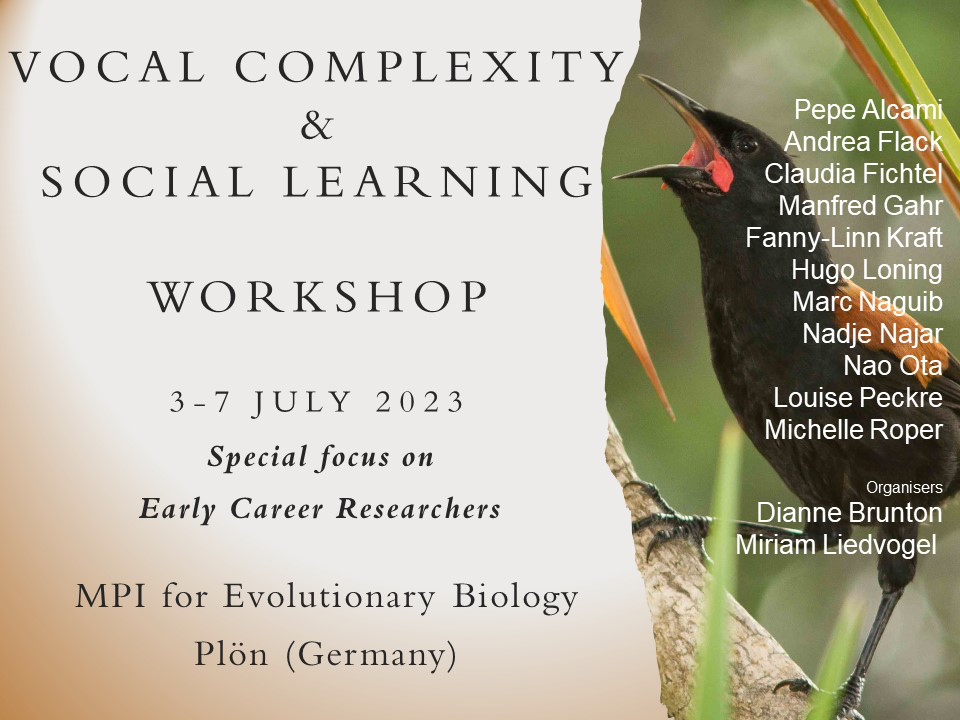Communication calls serve multiple purposes in the animal kingdom, with alarm calls playing a vital role in warning group members about imminent dangers. These alarm calls are prevalent in various animal species, especially among mammalian societies, and provide valuable insights into the study of social complexity and group coordination. Despite the wide range of predators bats encounter,...
Vocal contextual learning is the ability to use or understand an existing vocalization in a new context, while vocal production learning is the ability to modify an already existing vocalization or innovate a novel one. Both abilities result from experience with other individuals and thus constitute a form of social learning. Here, we present observations of spontaneous behavior and three...
The evolution of vocal flexibility has mainly been studied across species. Much less focus has been on which variables create differences between individuals. To address this gap, we studied monk parakeets (Myiopsitta monachus) as model species and tested how socio-ecological variables affect the vocal flexibility in an open-ended vocal production learner with socially complex nesting and...
Vocal production learning (VPL) is considered a crucial component of human language. VPL is rare and among birds has been detected only in songbirds, hummingbirds, and parrots. Parrots are probably the most advanced vocal learners who learn new vocalisations throughout their lives and are known for their ability to imitate human speech. Thus parrots present an intriguing model to shed light on...

